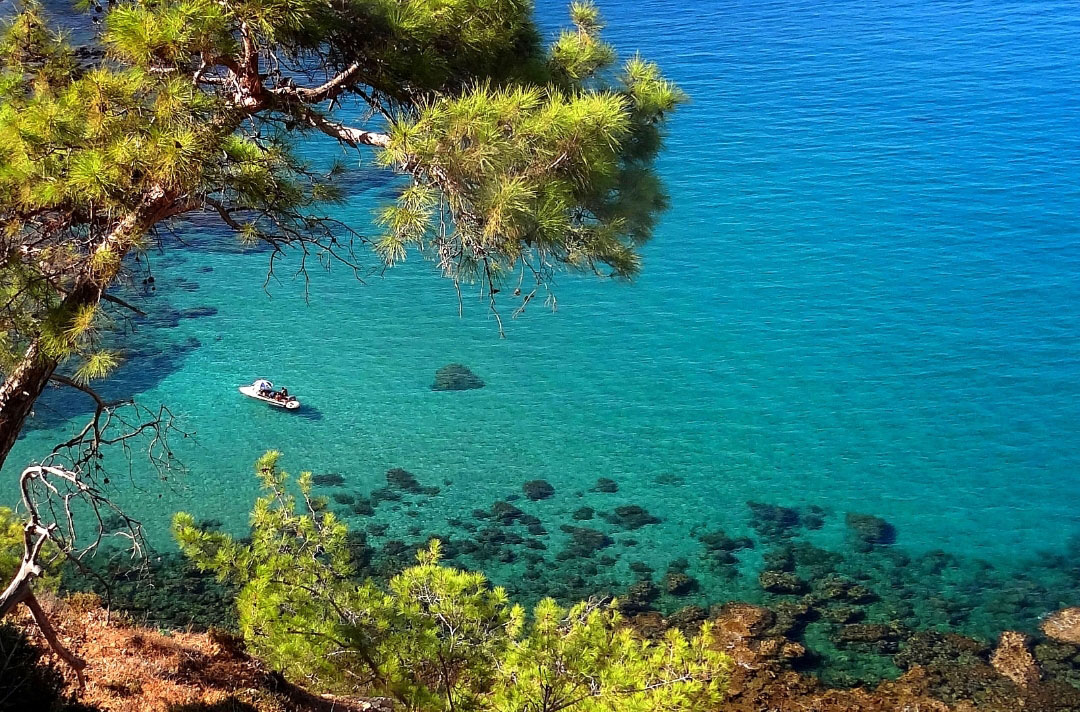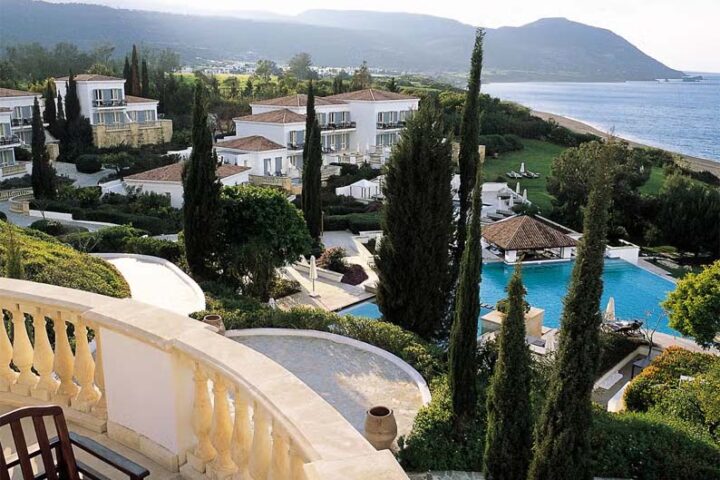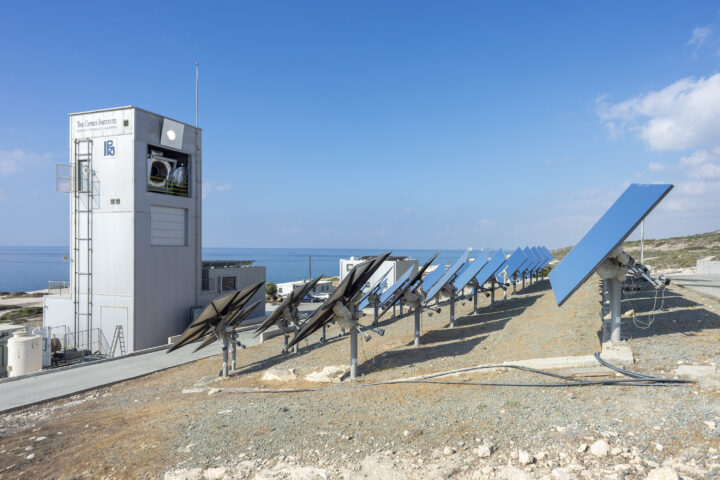Politicians and government officials are still debating what to do with the Akamas park, which comprises mainly public land, and private properties, without any solution in sight.
The situation has been dragging on for 30 years, starting from the Clerides administration (that proposed development in large private holdings), then the Christofias government (proposed the exchange of privately owned land with government land in other areas, together with generous compensation) and more recently the Anastasiades government which is still trying to work out a compromise solution between opposing parties.
On the one hand, the locals demand their right to a mild level of development (around 10-15% building density), saying this is the only way to attain some equality with other areas that have been allowed to develop.
The goal is for people to remain in the villages and even attract newcomers, offering them incentives.
On the other hand, various environmentalist groups insist on retaining the agricultural zones at their present status.
Akamas villages are some of the poorest in the country, leading to an internal migration over the years, resulting in a 40% drop of the original population.
Suppose the government grants widespread development rights in the area.
In that case, most likely, the locals will sell their property at much higher prices and move away, thus not achieving the goal of retaining the local population, which should be the main aim of any town planning scheme.
Also, the recent declaration of the Agriculture Minister is missing the point towards the goal of achieving the wellbeing and living conditions of the locals.
In a somewhat recent case at the European Court of Justice, regarding a Hungarian town that needed economic incentives for its survival, it ruled that the wellbeing of the people should have precedent over imposing a Natural classification that limited development.
The argument had been to allow building permits for factories to be set up in an environmentally sensitive area.
I agree with this approach, but with no workplaces in Akamas, the depopulation will continue, and the local communities will disappear.
Targeted development, mainly for touristic purposes, is the solution.
The first effort was the Anassa hotel, which is now a jewel for all of Cyprus in general despite initial objections.
Another hotel is under construction at the Latchi harbour area, but some obstacles could be overcome with certain conditional relaxations.
Other projects such as the Photiades Group, which suggested the development of a hotel in the Fontana Amoroza area based on the model of Costa Smeralda and the Shacolas Group project for two golf courses and residence at Limni, have been turned down, denying the locals, including local farmers, of any chance of improvement.
The only development in the area that has been welcomed is the new Paphos-Polis road.
Notwithstanding that some of the opposing views are understandable, such as the reduction of hunting, greater use of forest rangers, reduction of camping sites which will be allowed to operate if they provide facilities, the creation of fishing shelters for small sailing boats are some ideas which the Akamas peninsula needs.
Many run-down villages have adopted this business model, such as the Zagorochoria in Greece, out-of-the-way villages in Sardinia and numerous villages in Italy.
Eco-friendly development
Local property values and demand will fall into place, and tourist development of 5-6 small scale hotels should blend with the environment.
Don’t get me wrong.
I’m not in favour of free-for-all development, while holiday homes should be limited, whereas the developers should provide services and new roads.
I would suggest the following in Akamas – a commercial centre with traditional architecture within an area of around 30.000 sq.m., which could accommodate workshops relating to the preparation of local products such as halloumi and shoushoukko, and workshops for pottery, traditional items.
It could be a place to visit to be developed around a square used for social events, including village fairs.
This project of around 20-30 units could be a major attraction for locals and foreign visitors, a project to be developed by the government at its own cost and leased on reasonable rent to locals or those who have the skills.
In another village, a small project could be a hub to sell local agricultural goods, such as the producers’ market in Strovolos.
The use of the original Cypriot mode of transport, such as donkeys, camels and old traditional buses, would be great fun for all ages.
Religious festivals, including Easter, Christmas and other events, could be accommodated in a properly prepared arena that accommodates around 1,000 people.
The idea is to supplement local income with basic tourist development.
Housing should be limited to the periphery of the villages and all licenced facilities provided by the state.
In cases where the chosen locations cannot withstand such projects, they should be allowed compensation or exchange of their properties.
The building densities for new housing should be capped at a minimum of 10%; for hotel agrotourism development, the density could be no more than 40%.
This is a compromise that will please everyone and conclude within the next 6-12 months.
Care is needed to meet the locals’ demands.
But, at the same time, if the area now under Natura is allowed to develop privately, it can accommodate even greater development and respect for the environment.
Antonis Loizou is a Real Estate Valuer, Estate Agent & Property Consultant — he is expressing a personal opinion










